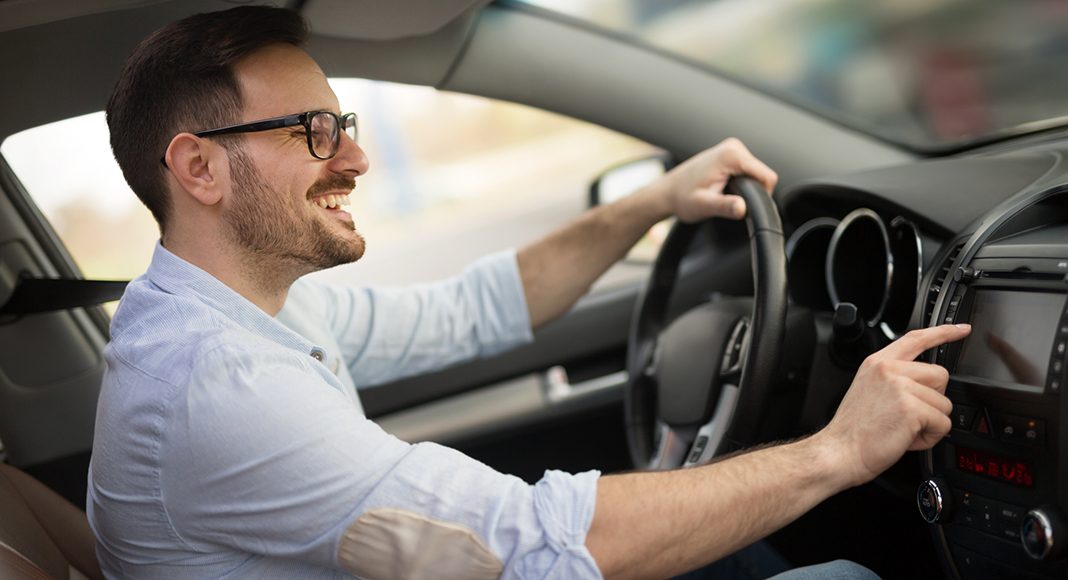From entertainment systems and navigation to internet hotspots and voice-delivered text messages, modern cars have it all. But are the latest technologies helping to keep drivers safe, or increasing their mental workload behind the wheel? In Stage 5 of our Seven Stages of Distraction Denial series, eDriving’s award-winning Brain Scientist Advisor Paul Atchley Ph.D. explains why not all vehicle technology equals a safer ride and how drivers can safely use in-car technology without it resulting in distraction.
Stage 5: My car’s technology makes me safe
How are vehicle technology features regulated for safety?
Most technology features in cars are not evaluated or regulated for their effect on driver workload. The guidelines are very loose and they generally do not keep up with changing technology.
Are vehicles with more technology features likely to be safer cars?
There are safety technology improvements related to the driving task, such as automatic braking systems, that do make drivers safer. But communications and infotainment enhancements do not improve driver safety. They simply make the drive more “fun.”
How can drivers ensure their vehicle’s technology features help them stay safe, rather than act as a distraction?
A simple question to ask is “Is this technology going to help me drive more safely, or is it going to make the drive more enjoyable?” If it is the latter and it takes more than two seconds to use, it is probably too complicated.
To learn more about this stage and all Seven Stages of Distraction Denial, view eDriving’s webinar with Dr. Atchley in which he provides further insights and tips for avoiding distracted driving.
Distraction Denial Stage 6: I can’t afford to lose the productivity, I’ll take the risk
Previous stages
Distraction Denial Stage 1: I am a better driver than most
Distraction Denial Stage 2: I am really good at multitasking
Distraction Denial Stage 3: It’s OK to text at stoplights
Distraction Denial Stage 4: Hands-free calls are OK



















